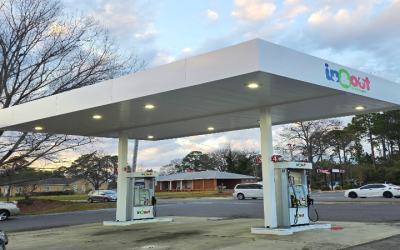Building maintenance and management professionals today face a number of problems related to corrosion in pipes. In some cases, these issues stem from improper pipe installation during construction. However, other factors may impact pipe corrosion as well, such as issues with water or sewage treatment programs or inadequate chemical corrosion protection. A flaw in engineering or the pipe design can also lead to corrosion, such as thin pipe construction or issues with the origin and quality of the pipe itself. In many cases, newly-constructed buildings use imported steel pipes that may have not been screened for quality prior to installation.
It is difficult to identify the issues affecting a piping system that has already been installed without considerable time and expense. Many means of testing can be destructive to the system or the pipe itself. NDT ultrasonic testing offers a solution to the challenges of testing pipe corrosion by measuring the thickness of the pipe from outside the pipe surface. This provides a thorough evaluation of the corrosion without interfering with the system. With NDT ultrasonic testing, the evaluator will be able to assess the thickness of the pipe walls and pinpoint areas of corrosion.
The advantages of NDT ultrasonic testing over other forms of corrosive testing are numerous. First, NDT ultrasonic testing is a safe, non-invasive procedure that requires no cutting or removal of pipes. Second, no draining or shutdown of the system is necessary to conduct the testing, resulting in no interference with normal building operations. Testing can occur with little inconvenience to building inhabitants or workers and can be performed during working hours.
Not only can maintenance personnel pinpoint areas of corrosion, but data gathered by NDT ultrasonic testing will allow them to evaluate the state of corrosion within the current infrastructure and predict future corrosion outcomes for the pipe systems in question. Furthermore, they can identify the rate of corrosion within the pipe systems and identify which pipes (if any) need to be replaced. This cuts down considerably on the number of unnecessary repairs and replacements, and as a result, minimizes cost and labor. Finally, the data gathered from the NDT ultrasonic testing can be evaluated and used to plan future systems.


